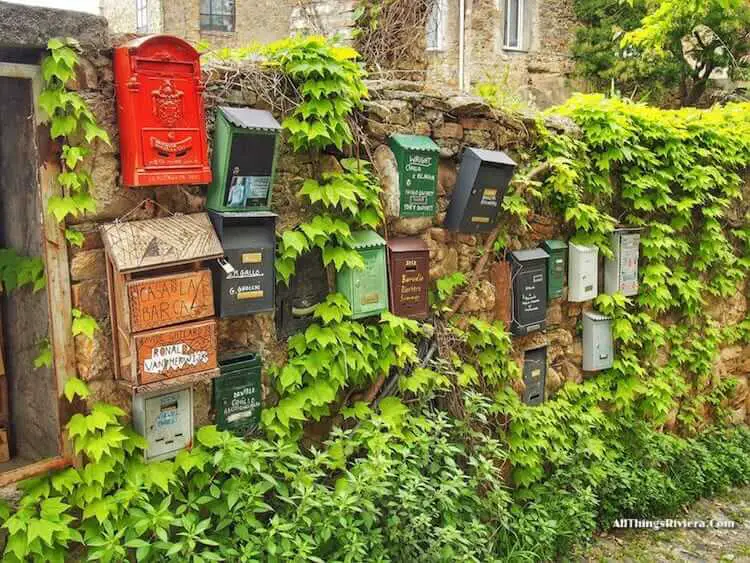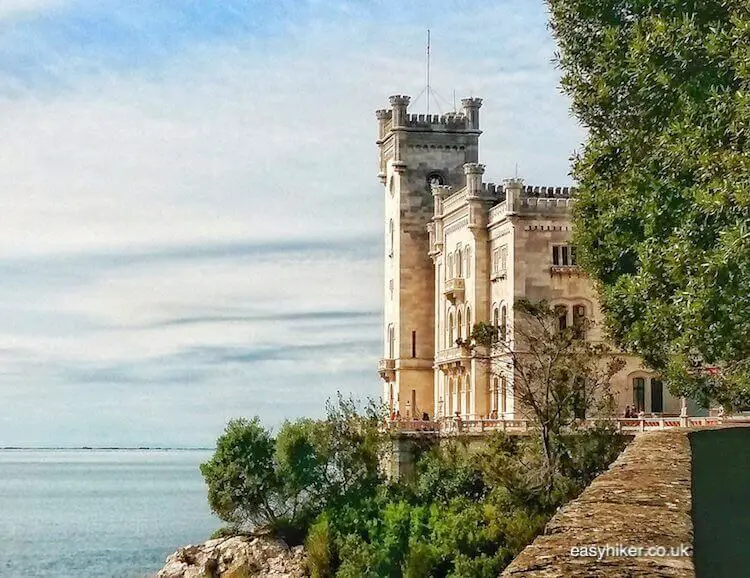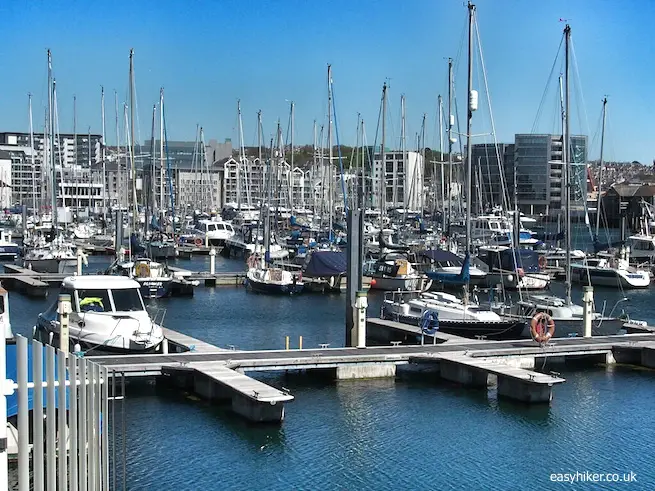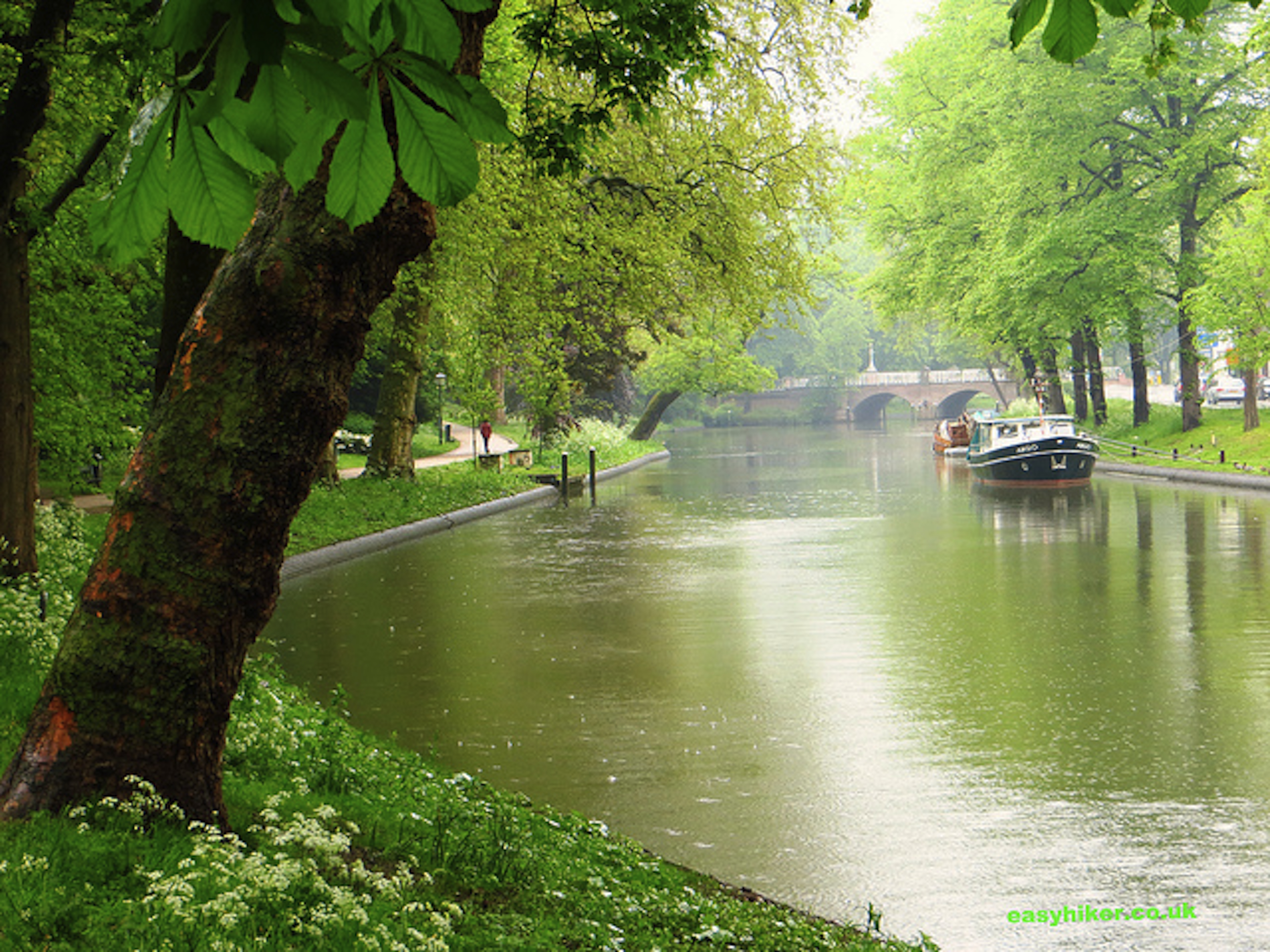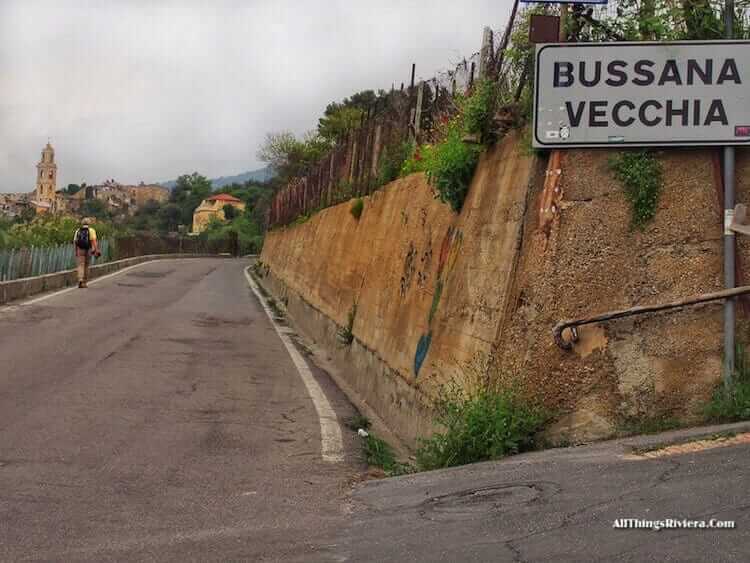
Bussana Vecchia has a mixed press. For every admirer on TripAdvisor and similar social media sites who calls the small ghost town north of Sanremo “a picturesque artists’ colony”, you can find someone who left unimpressed, calling the place “unbearably twee” or “soulless and commercial”.
Whichever way your own opinion may fall, it is undeniable that the walk up to Bussana Vecchia from Bussana al Mare – the modern village by the sea – serves as a perfect introduction not only to the Ligurian coast but to Italy as a whole.
It highlights much of what makes this country so attractive and so bewilderingly irritating at the same time. This walk is very much a case of the Good, the Bad and the Ruins.
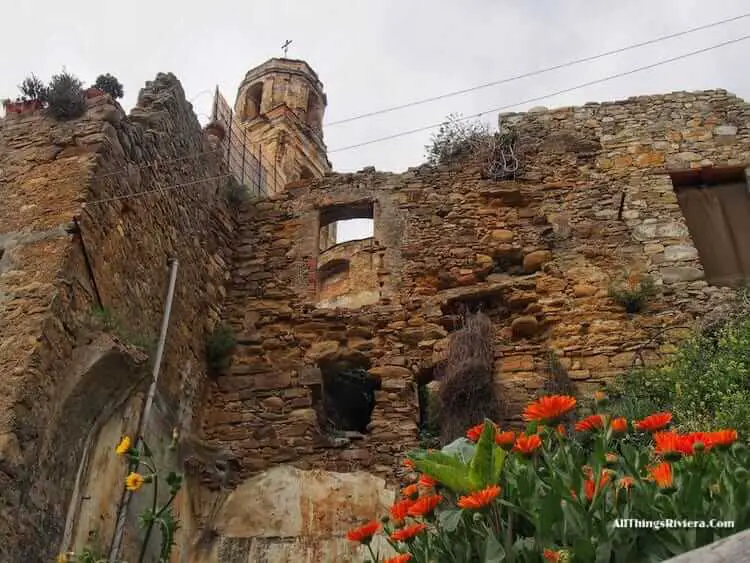
The “Good” first, which is another manifestation of Italy’s whole-hearted dedication to the idea of beauty, a blank refusal to accept as inevitable the fact that cityscapes must also feature ugly elements.
Bussana al Mare is, in many ways, a nondescript, run-of-the-mill Italian village, but the way in which its inhabitants have beautified ventilation shaft covers, mailboxes, power boxes and other items of street furniture is anything but ordinary.
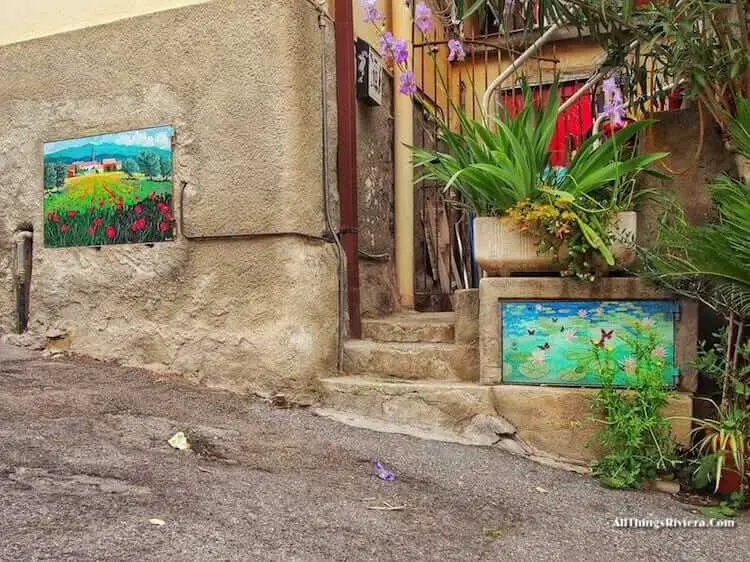
There are too many works of this “naive street art” to believe that they have materialized spontaneously, without a word of encouragement from the municipal government.
But it is still amazing to see how many people have participated, even if there was once such a thing as an “official campaign”, considering how Italians generally react if someone tells them what to do.
The whole phenomenon can only be explained by a almost universal devotion to Italy’s true religion, which is a cult founded on the belief that The Divine reveals itself in The Beautiful.
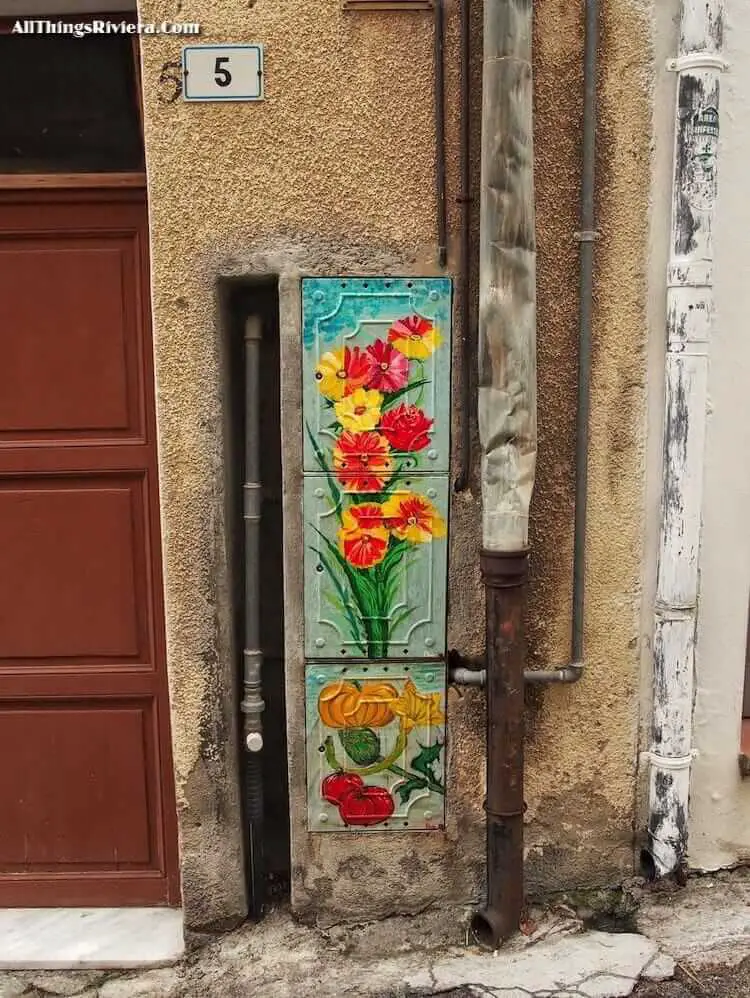
As soon as you leave the city limits, however, the “Bad” begins to spread like an odious smell: this is Italy’s callous disregard for the “general good”, an attitude of aggressive indifference to anything beyond the area of one’s immediate concern, beyond the frontiers of one’s own family or of one’s own neighbourhood.
In cities, this “je-m’en-foutisme” manifests itself in the disfigurement of historic buildings by advertising boards, utilitarian lamp posts and knotted cables in plain view, while in the generally litter-strewn countryside, large pipes frequently run across hiking trails, and sewage treatment plants (or some such) are allowed to spoil scenes of great natural beauty.
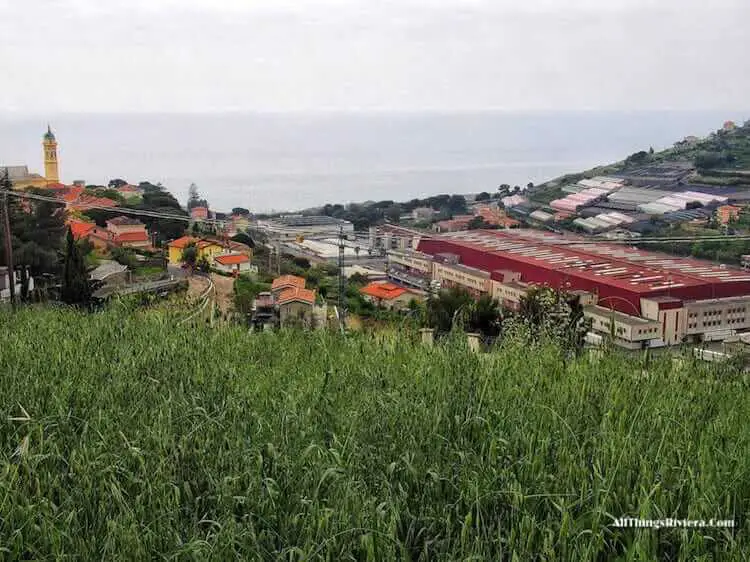
Finally, the dilapidation. No country does Ruins as well as Italy, or, indeed, has so many of them.
Other countries may meditate dolefully over their Tintern Abbeys, their Caspar David Friedrichs and their coffee table books on Detroit’s abandoned neighbourhoods, flirting with the idea that our own environments will suffer the same fate, one distant day.
In Italy, that day has already arrived.
Today’s Italians already live in a period where everything is collapsing around them – but they live, they manage, they are still experiencing pleasure and joy every single day.
So they conclude that, perhaps, collapse is not all that it is cracked up to be, and take a cynical pride from being so grimly familiar with what, for others, represents their worst fears.
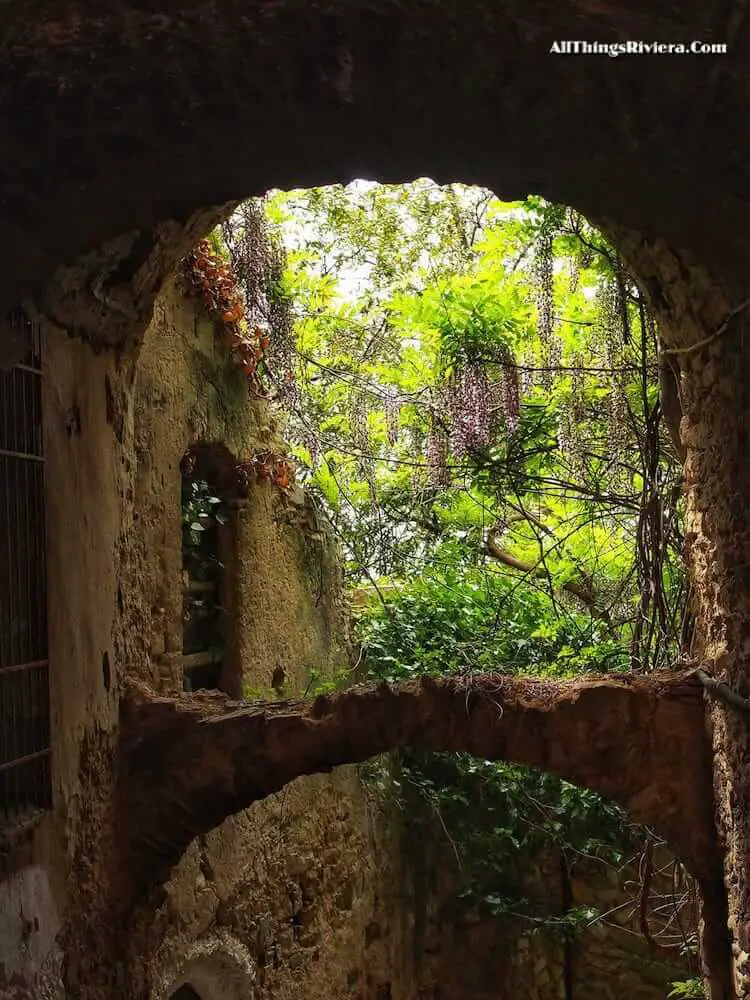
Seen like that, Bussana Vecchia could serve as Exhibit One for the country’s ability to arrange itself with and around death and decay. The village was abandoned in 1887 after an earthquake and re-populated in the 1960s by a “community of artists”, as the semi-official history of the village’s modern rebirth generally puts it.
If that is true, these “artists” must since have all fled and been replaced by vendors of home-made jam, restaurateurs, makers of fashion jewellery and heavily tattooed buskers.
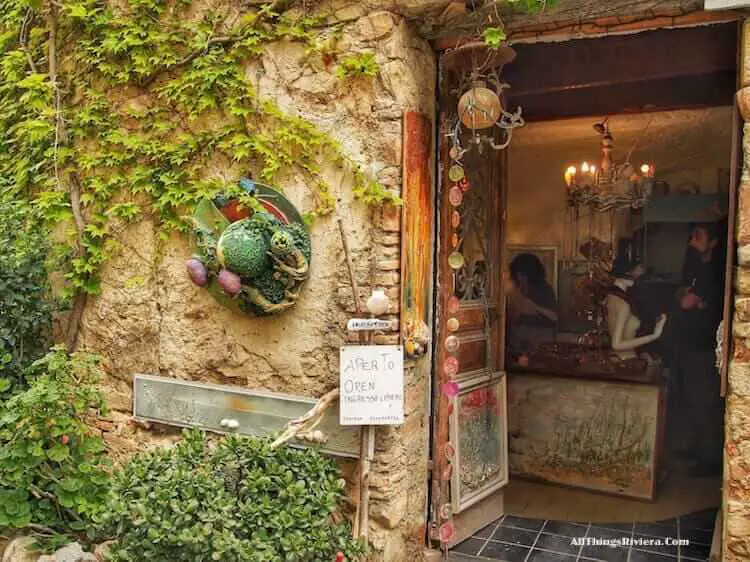
Based on current evidence, the only houses that have been left in their ruined state appear to be the two village churches. Probably because nobody has yet found a way of making money out of them.
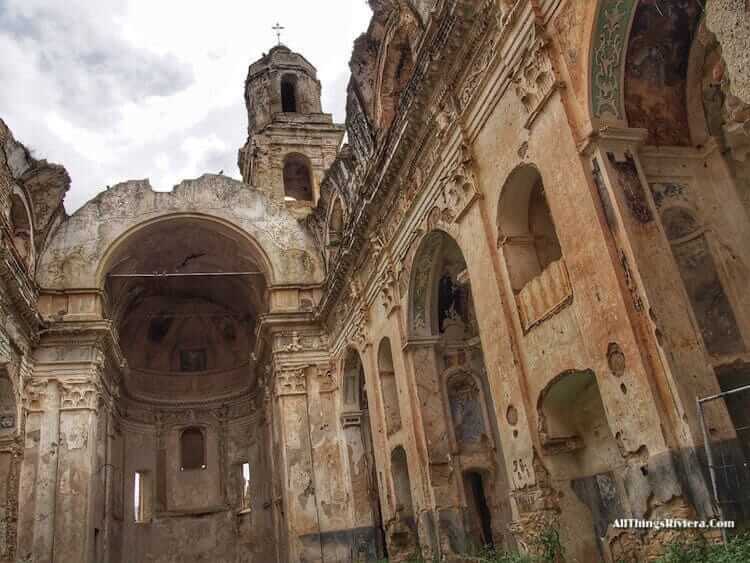
To visit Bussana Vecchia, take a bus from Sanremo bus station – on Piazza Colombo in the dead centre of town – in the direction of Taggia or Imperia.
Alight at Bussana Mare, immediately before the footbridge across the road, and climb the foot path that leads inland.
On your right hand side, a view of the resort town of Arma di Taggia opens up …
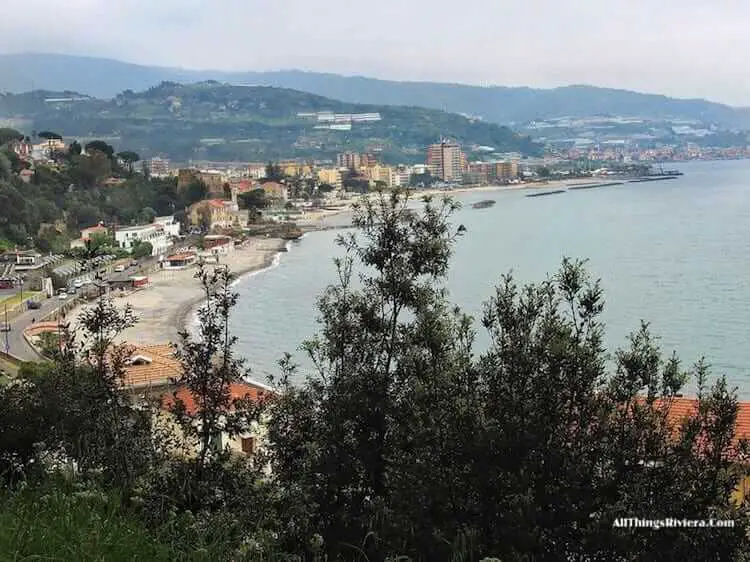
… while the village of Bussana al Mare will soon appear on your left hand side.
Enter the village and move past the Church of the Sacred Heart into Via Milano (one block on your right, towards the sea).
At the end of that street, next to the Elementary School, you will find a sign that points the way uphill to the old village. From here on, just follow this trail …
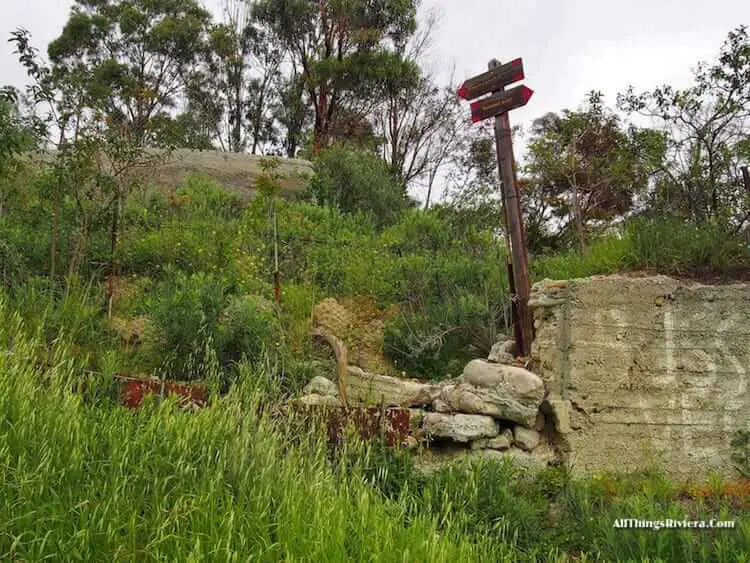
… for an altogether rather gentle walk, with only a few steep passages …
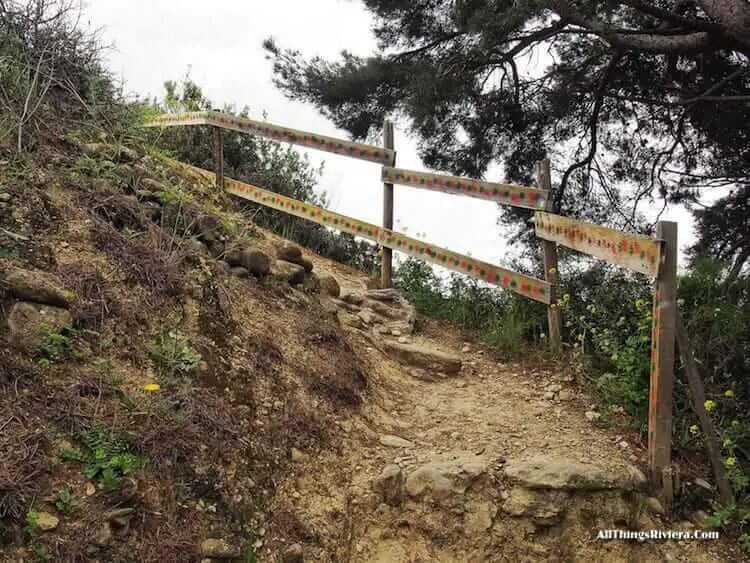
… and after about 45 minutes, you will spot the skyline of Bussana Vecchia from afar.
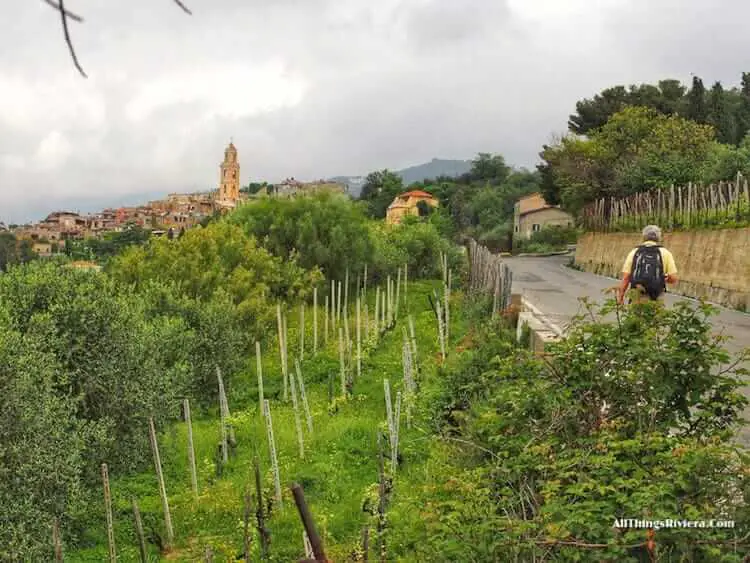
The old village is undoubtedly picturesque, even by local standards …
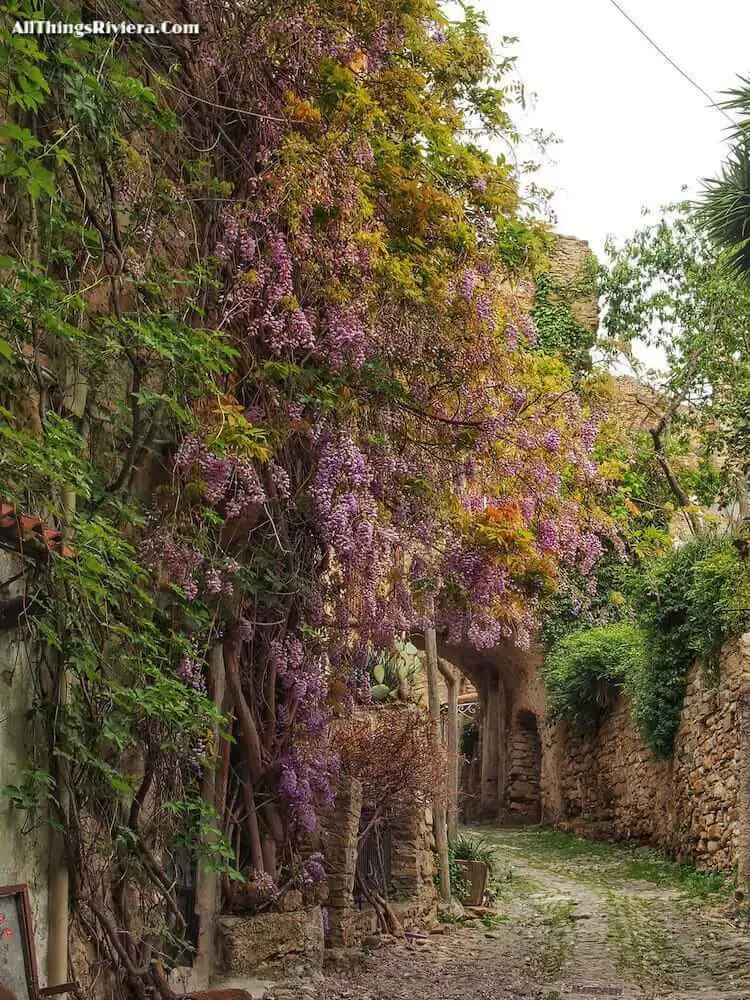
… and there are many things to discover.
In many ways, Bussana Vecchia feels – oddly enough – less abandoned and certainly more commercially vibrant than many of the more distant hilltop villages where you can walk around for hours (outside of the high tourist season) without meeting anything alive but the occasional stray cat.
Bussana Vecchia is not without charm: it is an outlaw village that is sometimes tolerated, sometimes openly menaced by the regional government. Its inhabitants had to find ways of getting by in this strange no-man’s land between order and anarchy.
What would it feel like to live in a place like this? Of this, we only get a few hints.
